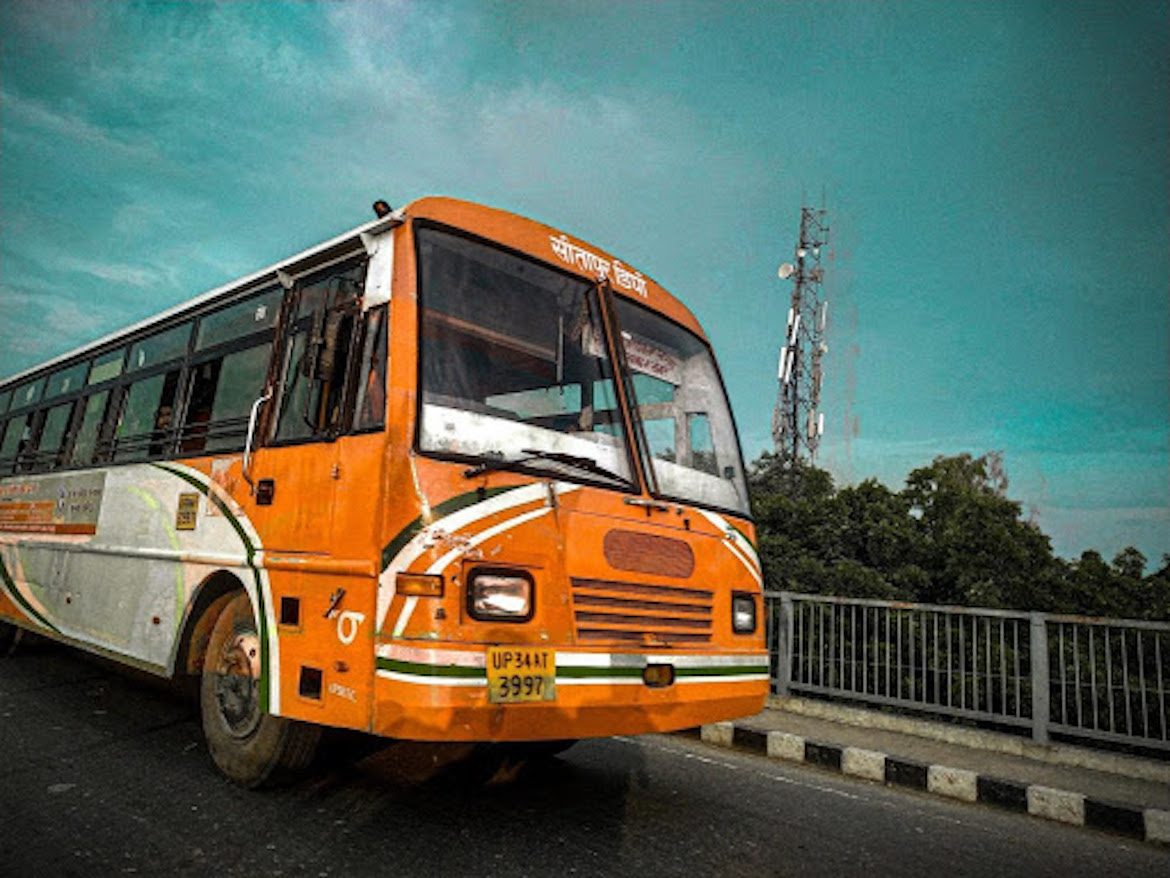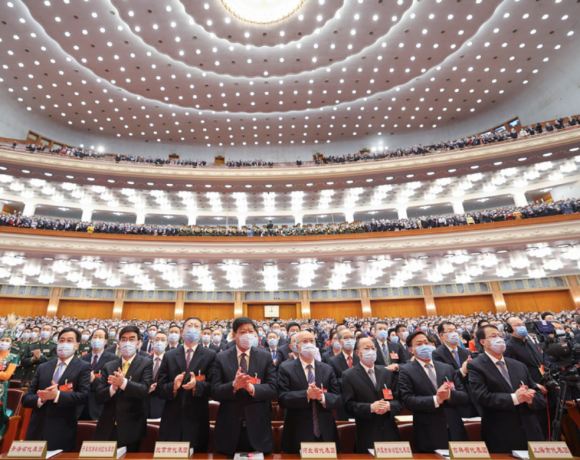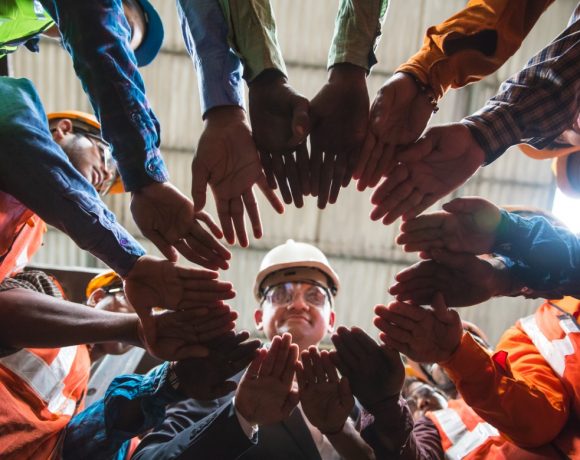- The COVID-19 pandemic allows the government to effectively cause a modal shift towards public transport by improving bus transport systems and mitigating any further increase in negative externalities in the transport sector arising from increased passenger demand.
- Urban transportation is a complex challenge for Indian policymakers and Foresight techniques to policymakers can act as a great tool to aid them in bringing about solutions across different stages of the policy process.
Cities around the world are growing rapidly. Data shared by the United Nations shows that more than half of the world’s population lives in urban areas. The term “accessible transport” has become quite a buzzword when initiating new transportation solutions or plans for cities. As of 2018, there are approx. 64.2 million kilometres of roads globally, and 33 percent of the world’s greenhouse emissions come from transportation. Indian cities are particularly vulnerable to accommodating a huge (migrant) population due to the uneven distribution of opportunities in rural and urban areas. Housing a large population comes with its own set of problems, such as poor air quality and crumbling public infrastructure.
Indian cities are concentrating on increasing the number of electric vehicles (buses, taxis, and three-wheelers) on the road to achieving zero emissions, decreased impact on the environment, and cost saving in the long run. The Department of Heavy Industries (DHI) has sanctioned subsidies for 5595 e-buses under the Faster Adoption and Manufacturing of Electric & Hybrid Vehicles (FAME)-II scheme across 64 cities. Each sanctioned bus under this scheme will receive demand incentives up to 40 percent of the estimated cost of the bus with a maximum incentive of Rs. 55 lakhs (approximately $75,052) for standard buses, Rs. 45 lakhs (approximately $61,400) for midi buses and Rs. 35 lakhs (approximately $47,758) for mini buses. The total outlay of the scheme is Rs. 10,000 crores (approximately $1,36,47,01,000).
However, over the last two decades, bus systems have witnessed a decline due to rapid motorisation and deterioration of existing services. For example, the modal share of buses in Delhi has effectively reduced from 62 percent in 2001 to 26 percent in 2019 and Bangalore from 54 percent in 2011 to 32 percent in 2019. This has led to a deteriorating Air Quality Index (AQI) in cities, and reduced quality of life and has halted the country’s economic prosperity. The COVID-19 pandemic allows the government to effectively cause a modal shift towards Public Transport (PT) by improving bus transport systems and mitigating any further increase in negative externalities in the transport sector arising from increased passenger demand. This can only happen through increased investment, efficient transportation planning, and robust policymaking.
India’s PT planning faces the problem of Fragmented Institutionalised frameworks where multiple agencies at both the Central and city level take important decisions. According to the Seventh Schedule (Article 246) of the Indian Constitution, urban development, including urban transport, falls under the state list. In some states, the transport department undertakes urban transport planning, while in others, it is the urban development or municipal administration at the urban level. With so many institutional agencies in place, there is an apparent lack of vertical and horizontal integration at the Central and State level. This gets exacerbated when there is a lack of a single-window clearance at the city level. Administrations in Indian cities are inadequately equipped to undertake efficient city management, either due to the lack of technical capacity in city administrations or their dependence on state and central governments for most of their financial needs arising from their weak revenue base.
Studies have shown that a robust PT infrastructure will stimulate economic activity, thereby ensuring the sustainability of the transit agencies and simultaneously maximising benefits derived from the investments, such as access to mobility and employment.
Providing good, accessible PT requires a considerable degree of Foresight techniques. Although rampant investments in PT infrastructure have been made in India through fleet electrification, subsidies, and tenders for setting up charging infrastructure, basic infrastructure investments for people with disabilities have been severely lacking. According to Census data 2011, of the 1.21 billion population, about 20.68 million people were ‘disabled,’ which translated to 2.21 percent of the total population. Now that is a significant number of people to ignore. Improvement in access to such a considerable stakeholder will show a participatory approach utilised by the government, which will help change public perception towards PT systems.
Changes are required in terms of supporting infrastructure.
Footpaths: The bus stations are usually located on footpaths, and these paths are normally not accessible. They need to be encroachment free, wide enough, possess ramps at the right entry/exit points, and built to enable users to access PT with minimal effort.
Ramps on buses: Having suitable ramps on buses is essential to provide wheelchair-bound individuals, individuals with impaired mobility, and visual impairments.
Training for bus drivers: Bus drivers must be sensitised to bring in proper driving dynamics, such as placing buses closer to the bus stops rather than away, making it easier for individuals with disabilities to access buses.
Wayfinding kiosks: Wayfinding kiosks and digital screens are required, especially for visually challenged PT users. These kiosks will especially be useful for Metro service users and help in navigating around the stations.
Special lighting and braille signage: Audible light signals that beep when the lights are green, and Braille signage at traffic signals, footpaths, and appropriate junctions are the need of the hour. Appropriate lighting to make tactile pavers visible to light also needs to be set up.
Bus and Metro coach with special features: The transport departments need to make special provisions on buses and Metro coaches such as specialised handles, locking mechanisms for wheelchair users, and visually challenged individuals.
These are just some ways to make PT available and accessible. Most importantly, policymakers should be sensitised to the bigger problem that needs to be addressed, and only then can the PT puzzle be resolved. Providing partial access is equal to providing no access. The stakeholders need to be involved in the planning and policy process. There is a lopsided investment in other aspects of transport which leaves the most vulnerable section underserved. The question arises – what can be done to make the process integrative, participatory, and seamless?
Participatory planning: Transport departments need to engage stakeholders across the spectrum to address the pain points. They need to consult NGOs and people with disabilities at every stage, from ideation to procurement, implementation, and feedback. They also need to prioritise the back casting process, where bridges towards desirable outcomes for the future are created, resulting in robust inclusivity in policymaking.
Identifying the driving forces: We need to look at the “STEEP factors,” i.e., Social, Technological, Economic, Environmental, and Political factors, when assessing the drivers. Driving forces influence the policy-making process through an environmental scan, for which diverse information is collected and analysed after conducting multiple rounds of engagements with key stakeholders. Once stakeholder interviews are conducted, relevant data analysed, and drivers that might hinder the bigger objective, assessed; policy-makers need to rank and identify them. This step, known as “sense-making,” is based on the relative materiality or importance and predictability of the various factors influencing the policy process.
Foresight in policymaking: Futures Foresight in policymaking will lead to better anticipation, policy innovation, and future-proofing. Following this process can lead to identification and preparation for new opportunities and challenges that could emerge in the future. Foresight techniques can also need new opportunities through better transportation planning. As you can see throughout this article, transportation planning involves a wide range of stakeholders, and, therefore, meticulous planning is essential. Lastly, performing stress tests on the proposed plans to build robustness against various scenarios will help policymakers form definitive policies.
Futures Planning for PT: Having accessible urban transportation in cities is critical for promoting sustainable economic development. Transit-Oriented Development (TOD) is responsible for urban stocks and flows and how the city’s economic activities occur. As we have seen through this article and multiple pieces of evidence through past studies, urban mobility is multi-dimensional in nature and has policy, social, political, and operational implications. For a well-rounded system to exist, the establishment of a coherent policy framework becomes essential.
Setting up an innovative and dynamic policy-making framework can be a good starting point to build an inclusive and resilient PT ecosystem. Urban transportation is a complex challenge for Indian policymakers, and Foresight techniques to policymakers can act as a great tool to aid them in bringing about solutions across different stages of the policy process. Policymaking is evolving globally, and Indian policymakers too need to step up and innovate. Futures Foresight techniques can thus be an enabling factor in the creation of an inclusive Public Transport landscape.






NO COMMENT